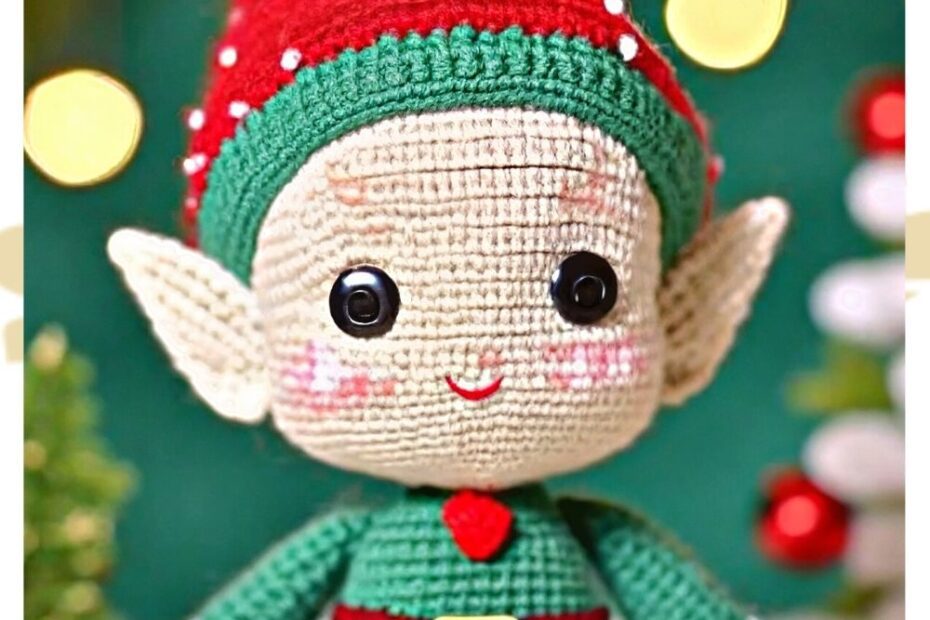One of the most exciting ways to elevate your amigurumi creations is by experimenting with texture. While traditional amigurumi is usually made with smooth cotton or acrylic yarn, using a variety of yarn types can bring your projects to life in new and delightful ways. Fuzzy fibers, velvety softness, and textured stitches can all add a unique tactile and visual dimension to your work.
In this article, we’ll explore how to mix textures in amigurumi using yarns like faux fur, velvet, boucle, and more. We’ll also cover how to work with these materials effectively and combine them without compromising your project’s structure.
Why Texture Matters in Amigurumi
Texture affects not only how a toy looks, but also how it feels. Different textures can evoke specific moods or make a design feel more realistic. For example, a fuzzy yarn is perfect for a fluffy sheep or a bear, while smooth velvet can give a sleek finish to a doll’s dress or a dragon’s wings.
Using a mix of textures adds depth and contrast, making your amigurumi stand out. It’s also a great way to experiment creatively and give your handmade toys a professional, finished look.
Types of Textured Yarns and When to Use Them
1. Fuzzy or Faux Fur Yarn
These yarns are ideal for animals like bears, dogs, sheep, or llamas. They mimic the look of real fur and create an irresistibly soft finish.
Tips for Using:
- Use stitch markers generously, as stitches are hard to see.
- Crochet by feel rather than sight.
- Brush the finished piece lightly with a pet slicker brush for extra fluff.
2. Velvet or Chenille Yarn
Perfect for plush toys or luxury-looking pieces. Velvet yarn adds a soft, shiny texture that’s especially popular in modern amigurumi trends.
Tips for Using:
- Secure your starting and ending knots carefully—this yarn tends to shed.
- Use a smaller hook than usual to avoid gaps in stitches.
- Avoid frogging (undoing) too much, as velvet yarn can break easily.
3. Boucle Yarn
This looped yarn adds an interesting curly or bumpy effect, great for creating sheep, curly hair, or whimsical creatures.
Tips for Using:
- Use simple shapes—complex patterns may be too hard to follow.
- Combine with smooth yarn for contrast (e.g., boucle for the body, cotton for the limbs).
4. Metallic or Glitter Thread
For a sparkly touch on wings, crowns, or accessories, these yarns add shimmer and festive appeal.
Tips for Using:
- Use as a carry-along yarn with another base yarn.
- Great for small details rather than entire bodies.
5. Loop Yarn or T-Shirt Yarn
Chunky and bold, these yarns are perfect for oversized amigurumi projects or abstract pieces.
Tips for Using:
- Keep the design simple.
- Choose a strong hook to manage thick yarn comfortably.
How to Combine Different Yarns in One Project
When using multiple yarn textures in the same project, consider the overall design first. Think about what parts of your character would benefit from added texture. For example, you could make a fox with a fuzzy tail and smooth body, or a unicorn with a velvet mane and cotton head.
Here are a few helpful guidelines:
- Match yarn weights as closely as possible to maintain proportion.
- Use contrast intentionally—don’t mix textures randomly. Instead, assign textures to features (like hair, fur, clothing, or accessories).
- Test stitch tension before combining textured yarns. Some yarns stretch more than others, affecting size consistency.
- Sew parts carefully. Heavier or stretchier yarns may pull or droop if not attached securely.
Troubleshooting and Final Touches
Working with textured yarns can be challenging at first. If your stitches are hard to see, try using a brightly colored hook or working in natural light. Always make a test swatch when trying a new yarn type. If a yarn is especially slippery or prone to fraying, consider applying a tiny drop of fabric glue to secure the ends after tying off.
For finishing touches, a fine-tooth comb or brush can help bring out texture on fuzzy yarns, while small embroidery or felt details can help facial features stand out against busy yarn backgrounds.
Mixing textures in amigurumi opens up a world of creative possibilities. Whether you want to create whimsical creatures with boucle curls or elegant dolls with velvet dresses, playing with yarn types allows your imagination to shine.
With a little planning and practice, textured yarns can take your projects to the next level—giving your amigurumi that extra spark of personality, depth, and charm. So go ahead, experiment fearlessly, and let your textures tell the story!
